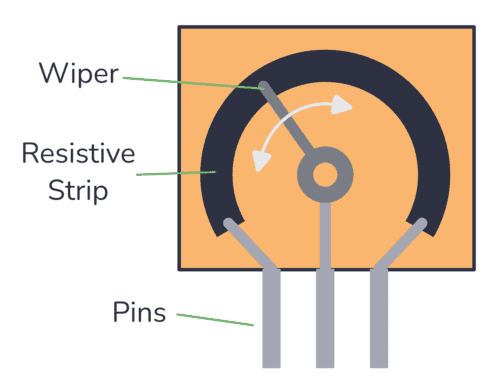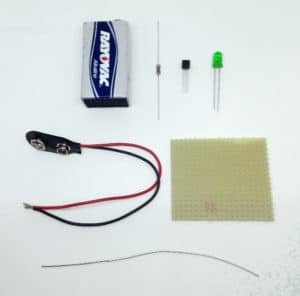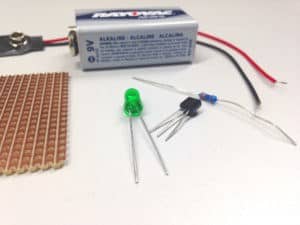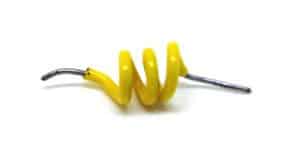Electrical relays are switches that you turn on and off with electrical signals. In this guide, you’ll learn how a relay works and how to use relays in your own electronics projects!

Relays are very important in electronics because you can use them to turn on/off high-power devices like lamps or garage door motors with just a small DC voltage signal.
You can use a microcontroller, such as Arduino, to create the logic for when to turn your lamp on and off, then use an electrical relay to do the switching of the lamp.
This makes it easy to make lights that activate only at night, control your garage door motor with a signal generated by your phone, or control other home appliances.




















